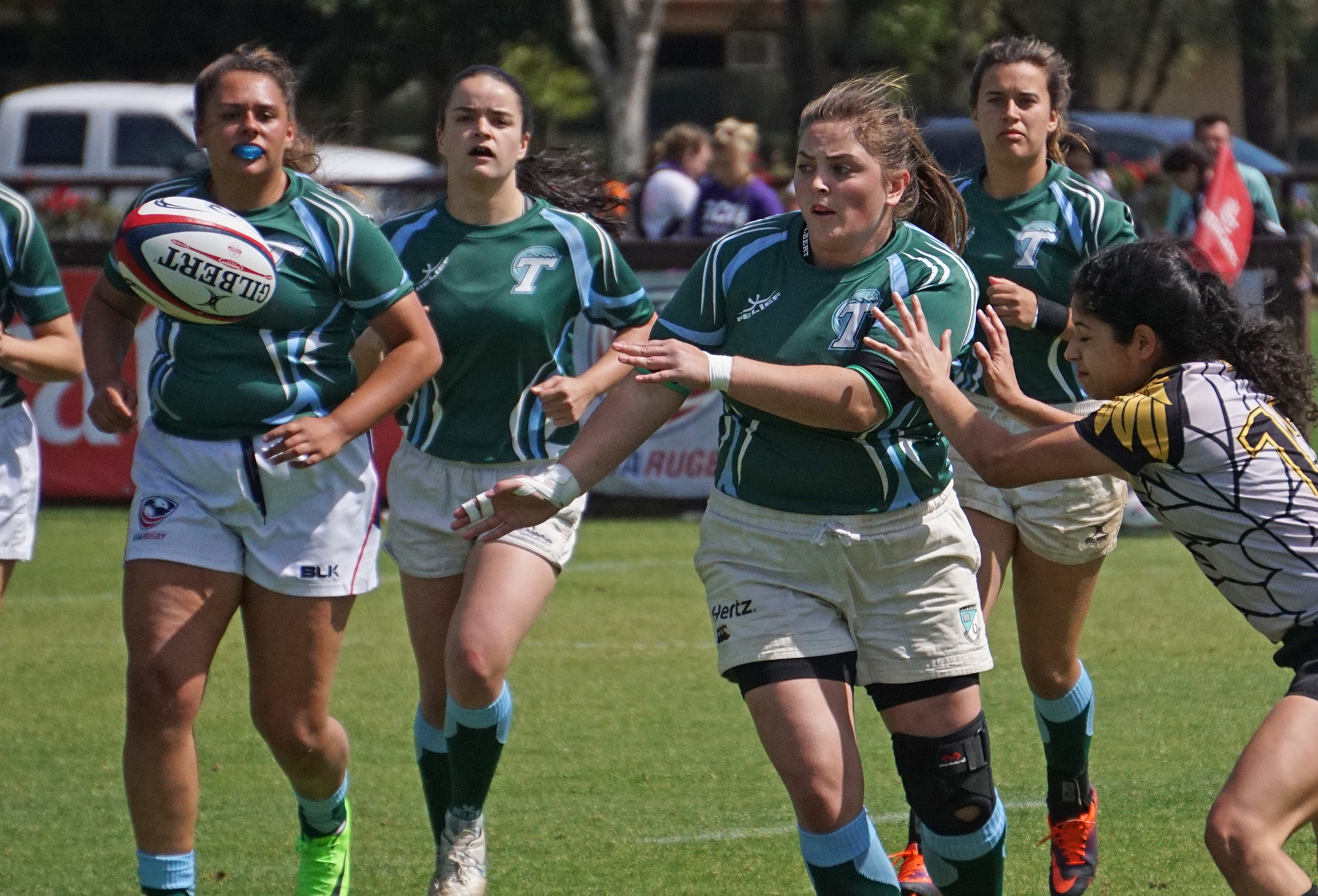
Photos: Jackie Finlan
Tulane University surprised the entire field when it won the 2016 DII College Spring Championship, but proved it wasn’t a fluke when the team returned to the 2017 final. That last trip didn’t result in a trophy, but it further educated the New Orleans program on what it takes to be a title contender year after year.
RELATED: Tulane’s 2016 Spring Title • 2017 DII Spring Championship Final • Support TRB: Become a Patron!
“Since the club is still relatively new, this is the first time that I will have athletes that have been on the team for all four years,” Tulane coach Jessica Mallindine explained. “Tulane has struggled with depth and injuries in previous years, but with over 40 players to work with that should alleviate some of the personnel challenges and provide for some creative combinations, particularly in any potential playoff rounds.”
Thirteen seniors root a substantial group of returners, which include notables like Maddie Brenner, Alexandra Clarke, Hannah Hoover, Gwen Leifer, Clare Sullivan and Lily Wissinger. The team has spent its time honing its own game while adding in components that have been lacking in the past.
“As a coach, it’s been amazing to see them develop and become amazing leaders on and off the field,” Mallindine praised. “It brings a much needed calmness to the team, but we are fortunate that they are still hungry to grow and push themselves.
“There is also a sense of legacy among them, so a very strong focus has been on developing rookies who are showing massive potential,” the coach added.
Tulane plays in the South Independent Rugby Conference West and has contested one matrix match thus far – a 51-10 win over Spring Hill College. Louisiana State and Alabama also compete in the SIRC West, while the Atlanta-based SIRC East includes four teams (although Life JV isn’t playoff eligible). These teams play 3-4 matrix games before the April 7-8 conference playoffs.
There is also a SIRC Developmental pool for three teams, although earlier versions of the schedule included the now-absent Georgia Southern, Middle Tennessee State, Arkansas State and the NSCRO-aligned Lee University. This pool is not involved in 15s playoffs.
“The split between developmental and competitive brackets hasn’t had much effect thus far, as all of the SIRC West competition has remained the same,” Mallindine explained. “Tulane is somewhat isolated in the Deep South, so one of our recurring challenges is that distance restricts opportunities to play extra matches against teams that would help prepare us for a shot at [the spring championship].”
Tulane has bulked up its schedule with competitive friendlies and tournaments.

“With as large geographically as SIRC is now, the competitive bracket will hopefully hone in on universities that can repeatedly make those bigger trips with a full team,” the coach added. “It will certainly be interesting to see how it all plays out.”
That’s why Tulane is focusing most of its energy inward. When there isn’t consistency in competition, a team needs to figure out how to test, analyze and grow mostly on its own.
“The bar is still set very high, which is a bit of a relief, as there was some concern and open dialog about the threat of complacency after their showings at [the spring championship] the last two years,” Mallindine concluded. “There’s no doubt that the competition this year will be harder than anything Tulane has had to face before, especially with a target on their back, and they all know and feel it.”





